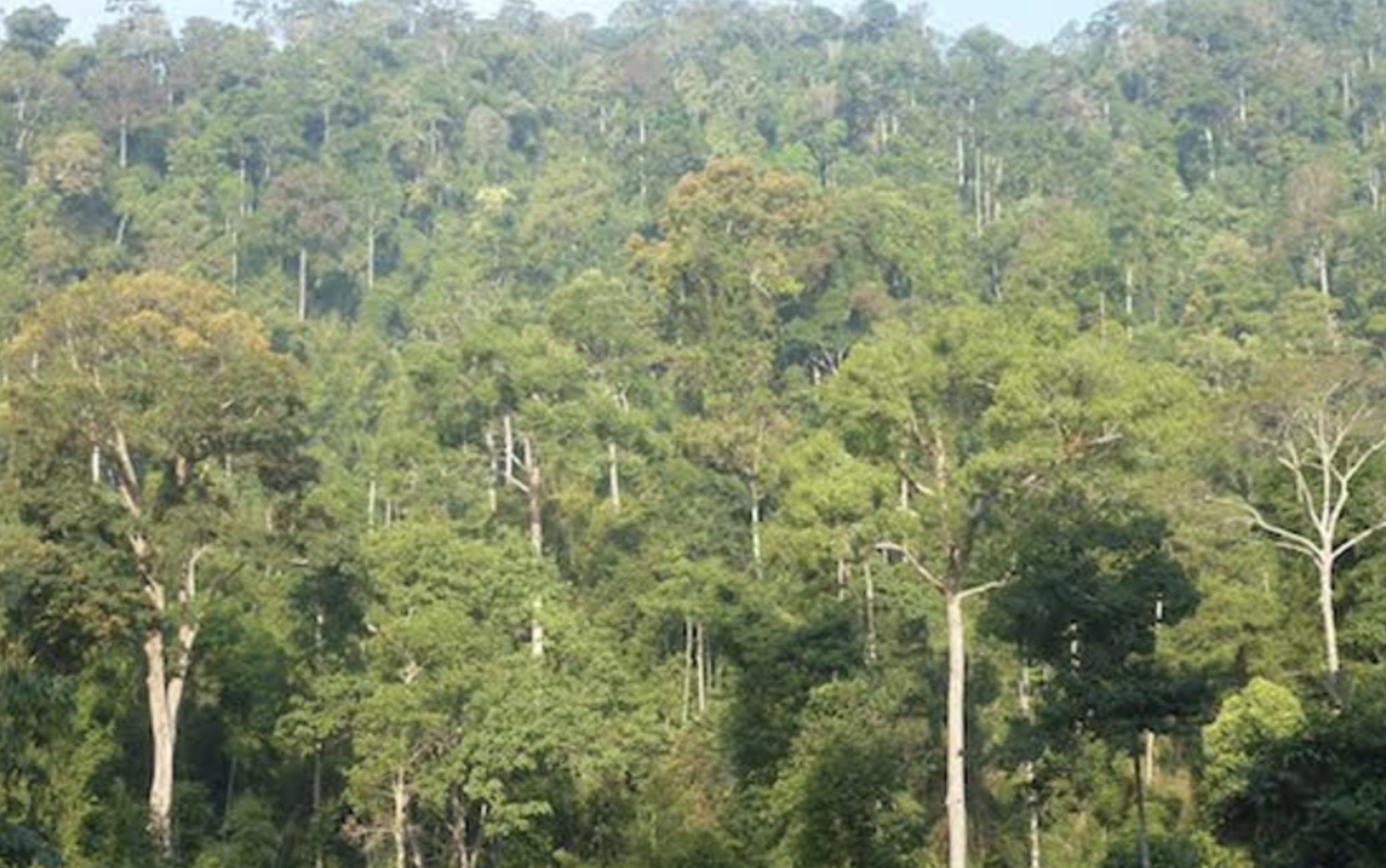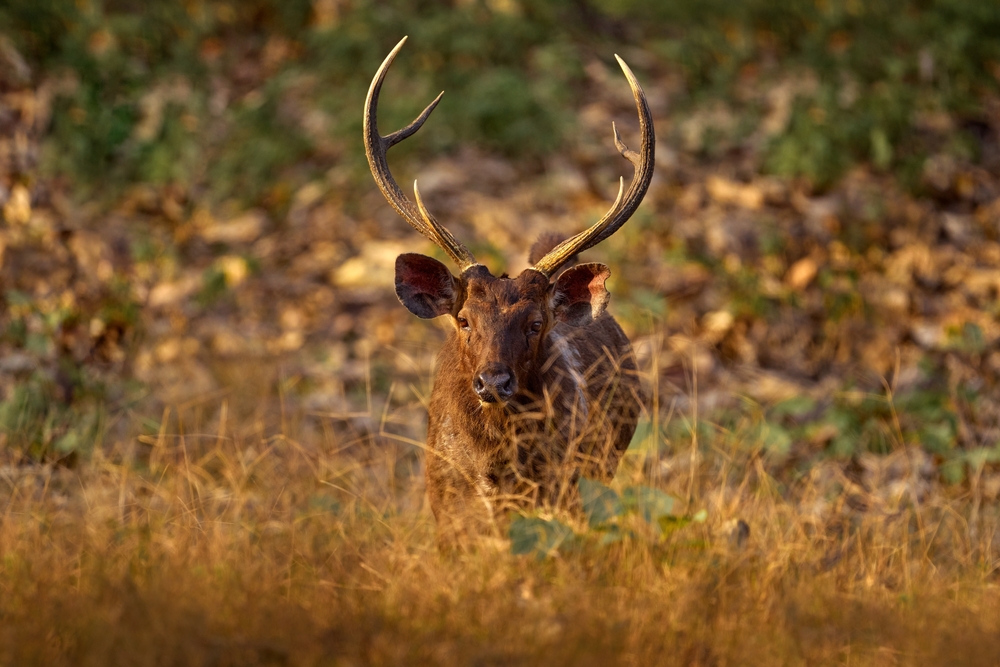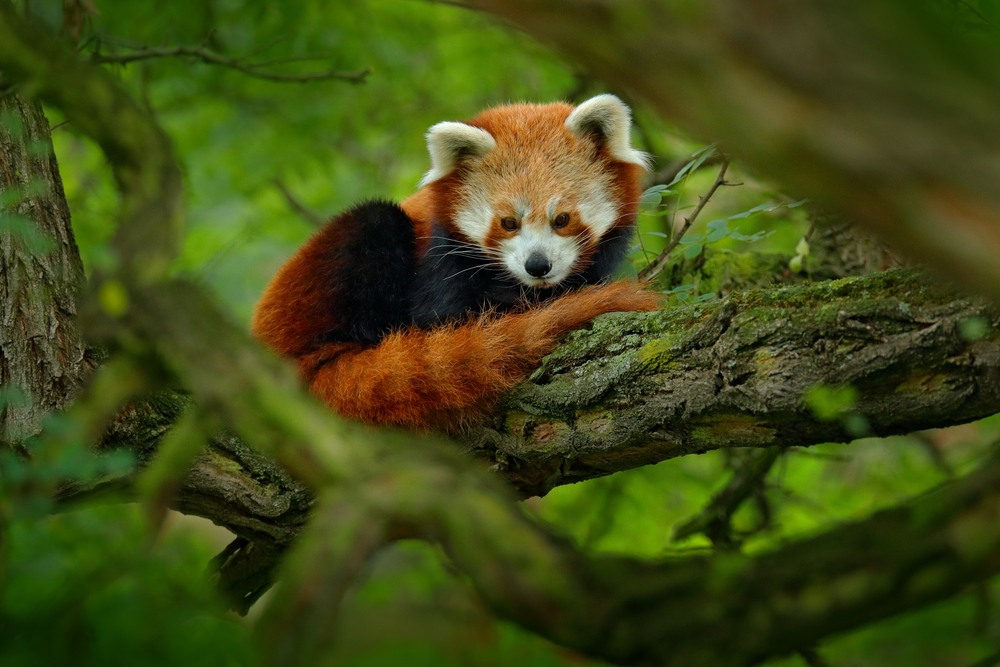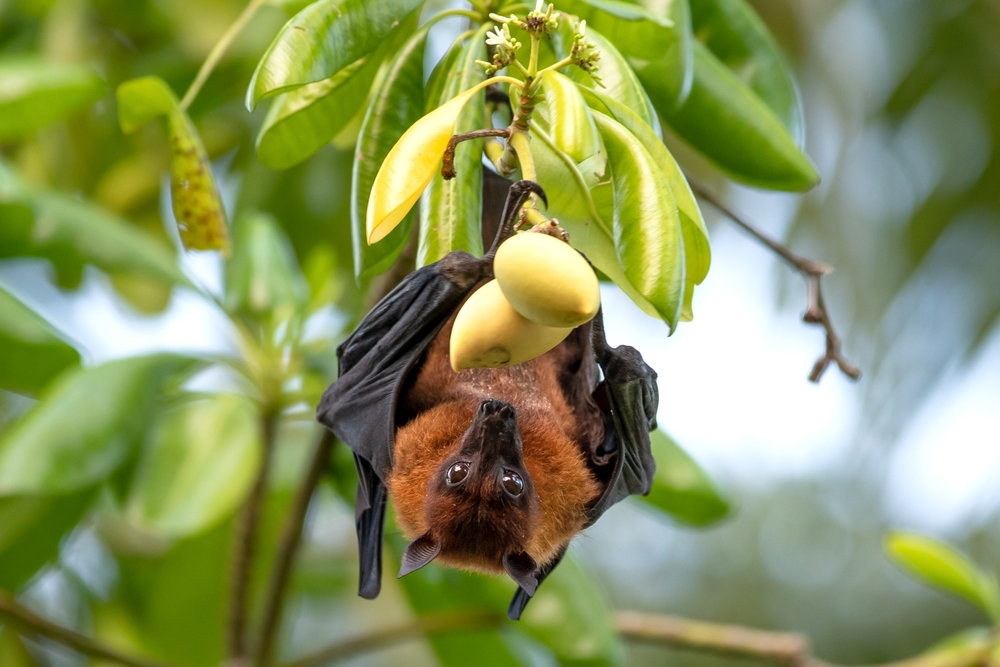Lenya Overview
Lenya National Park, located in the southern Tanintharyi Region of Myanmar, is a remarkable protected area renowned for its biodiversity and lush tropical landscapes. The park spans an area of approximately 1,451 square miles (3,759 square kilometers), making it a vital conservation area in the Indo-Burma biodiversity hotspot.
Positioned near the border with Thailand, the park is an essential part of Myanmar’s efforts to safeguard its natural heritage and serves as a haven for numerous species, some of which are endemic to the region.
The terrain of Lenya National Park is characterized by dense lowland tropical rainforests, rolling hills, and pristine rivers that meander through its verdant expanse. The park’s forests are primarily evergreen, with towering dipterocarp trees forming a lush canopy.
The undergrowth is rich with bamboo, ferns, and a variety of orchids that thrive in the humid environment. The park also features swamps and wetlands, which are crucial for supporting its diverse array of wildlife. The Lenya River and its tributaries add to the park’s beauty and ecological significance, creating vital water systems for the flora and fauna.
Lenya National Park is home to an extraordinary variety of wildlife, including several globally threatened species. It is one of the last remaining strongholds for the critically endangered Myanmar snub-nosed monkey, which is endemic to the region.
Other key mammals include Malayan tapirs, Asian elephants, clouded leopards, and sun bears. The park’s birdlife is equally spectacular, with species like hornbills, the great argus pheasant, and the elusive Gurney’s pitta—a critically endangered bird—gracing its forests. The wetlands and rivers are also habitats for reptiles such as the reticulated python and various freshwater turtles.
Visitors to Lenya National Park are drawn by its untouched beauty and the chance to experience its rich biodiversity. Trekking through its dense forests offers opportunities for wildlife spotting and birdwatching, while guided tours provide insight into the park’s unique ecosystems. Some adventurous visitors opt for river expeditions, exploring the waterways that weave through the park. The park is also culturally significant, as it is home to indigenous communities who have lived harmoniously with the environment for centuries. These communities often participate in ecotourism efforts, providing visitors with a deeper understanding of their traditional practices and connection to the land.
Despite its immense ecological importance, Lenya National Park faces several conservation challenges. Illegal logging, agricultural expansion, and poaching threaten the park’s fragile ecosystems. Conservation efforts, however, are ongoing, with a focus on strengthening enforcement against illegal activities and fostering collaboration between the government, local communities, and international organizations. Successes in conservation include increased awareness and involvement of local populations in protecting the park’s resources, as well as initiatives to promote sustainable tourism.














































































